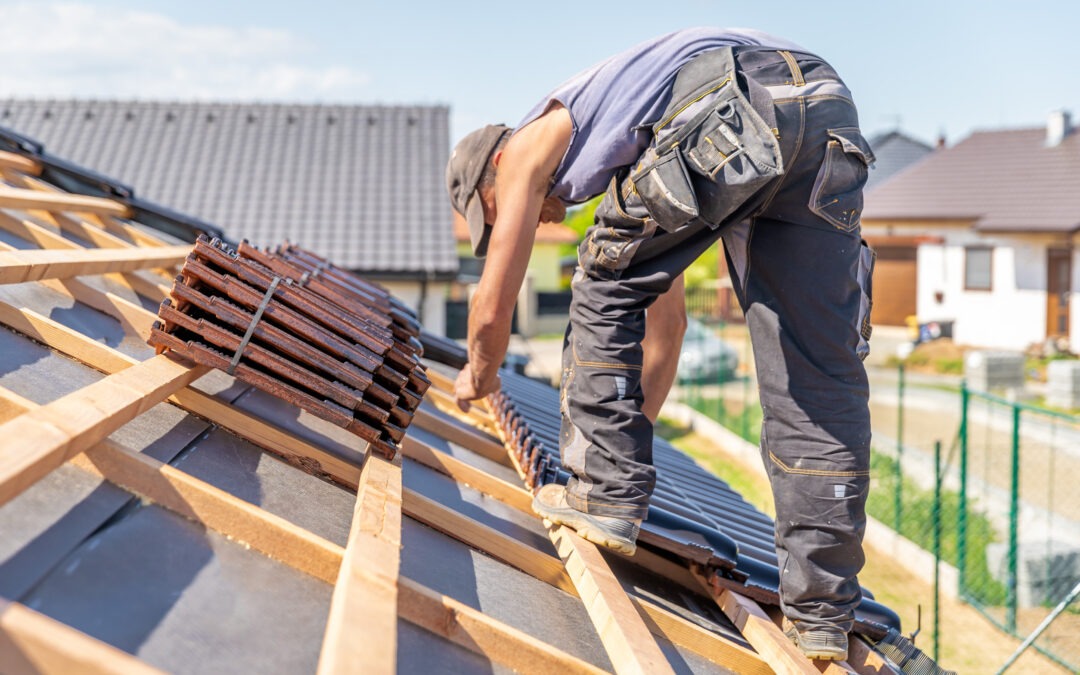Introduction
Illinois homeowners face a unique set of challenges when it comes to roofing. From scorching summers to icy winters, the state’s climate demands roofing materials that can withstand temperature fluctuations, precipitation, and wind. Choosing the right material is not only about durability but also about enhancing your home’s curb appeal and energy efficiency.
Factors to Consider
Climate Resilience
Illinois experiences a range of weather conditions. Your roofing material should be able to handle:
- Snow and Ice: Materials that shed snow easily and resist ice dams.
- Heat and Sunlight: UV-resistant materials to prevent degradation.
- Rain and Wind: Waterproof and wind-resistant options to prevent leaks and damage.
Aesthetic Compatibility
Your roof should complement your home’s architectural style. Whether you have a Victorian, Colonial, or modern design, the roofing material should enhance the overall appearance.
Budget Constraints
Consider both the initial installation cost and long-term maintenance expenses. Some materials may be more expensive upfront but offer savings over time due to their longevity and low maintenance requirements.
Energy Efficiency
Certain roofing materials can reflect sunlight, reducing cooling costs in the summer. Energy-efficient options contribute to a more comfortable indoor environment and lower utility bills.
Common Roofing Materials in Illinois
Asphalt Shingles
- Pros: Affordable, easy to install, and available in various colors and styles.
- Cons: Shorter lifespan compared to other materials; may require more frequent replacements.
- Best For: Homeowners seeking a cost-effective and versatile option.
Metal Roofing
- Pros: Durable, fire-resistant, and energy-efficient.
- Cons: Higher initial cost; noise during rain or hail.
- Best For: Those looking for a long-lasting and eco-friendly solution.
Slate Tiles
- Pros: Extremely durable and offers a distinctive, elegant appearance.
- Cons: Heavy, requiring additional structural support; expensive.
- Best For: Historic homes or those desiring a high-end look.
Wood Shingles and Shakes
- Pros: Natural appearance and good insulation properties.
- Cons: Susceptible to fire and rot; requires regular maintenance.
- Best For: Homes aiming for a rustic or traditional aesthetic.
Synthetic Roofing Materials
- Pros: Lightweight, durable, and can mimic the appearance of other materials.
- Cons: Relatively new, so long-term performance data may be limited.
- Best For: Homeowners seeking a balance between aesthetics and performance.
Conclusion
Choosing the right roofing material involves balancing various factors, including climate suitability, aesthetic preferences, budget, and energy efficiency. By carefully evaluating your options and consulting with roofing professionals, you can select a material that not only protects your home but also enhances its value and appearance.
Using Cool Roofs to Reduce Heat Islands | US EPA
For more information or to discuss your roofing needs, please contact us at:
https://holthausroofing.com

